Despite being relatively simple, spark plugs play a significant role in any gasoline engine. Their function is to produce a spark at the required time that ignites the air and fuel mixture. All spark plugs, being exposed to extreme pressures and temperatures that occur during engine operation, wear out with time. This can cause poor engine performance, misfire and drop in fuel economy. Also, a worn spark plug can have a larger electrode gap, which requires higher voltage and can lead to premature ignition coil failure.
While replacing spark plugs on normal cars is a pretty simple task, it is more difficult on the Porsche 911 due to the engine’s horizontally opposed design and placement. Unless you have some experience working on cars, the right tools, and patience, we recommend going to an independent Porsche mechanic for this service.
For an overview of the procedure, check out the video above from YouTube channel, Invictus Motors Ltd. If you would like to do-it-yourself, you can find the parts, tools, and instructions below. Big shout out to DGrayling from Rennlist for giving us permission to re-post his DIY write-up.
- K Tool International Low Profile Jack (3.33 Ton)
- ESCO 10499 Low Profile Flat Top Jack Stands (Pair)
- Wheel Chocks
- Socket For Porsche Center Lock Wheels
- Torque Wrench For Center Lock Wheels
- 3/4 Inch Drive Breaker Bar, 40 Inch Long (for wheel center lock removal)
- Mechanic’s Tool Set
- PB Blaster Penetrating Oil
- Metric S-Style Wrench Set (for top bolt on catalytic converter)
- 3/8 Inch Drive Extension Set
- 3/8 Inch Drive Click Torque Wrench (10-80 ft.-lb.)
- 5/8 Inch Magnetic Spark Plug Socket
- 3/8 Inch Drive Universal Joint (for tight spaces)
- Torx Bit Mini-Ratchet Set, For Tight Spaces
- External Torx Socket Set, E4 to E24
Spark plugs: 22 ft-lbs
Ignition coil screws: 7.5 ft-lbs
Wheel center locks: 443 ft-lbs
Step 1: Prepare your vehicle and work area
- Ensure that your engine is cool so you don’t burn yourself and your car is parked on a flat surface.
- Gather your parts and tools and wear gloves and safety glasses.
- Since you’ll be removing your mufflers, soak the nuts and bolts with penetrating oil and wait 1 hour before removing them; this will prevent damaging the nuts and bolts.
Step 2: Break the wheel center lock loose
- Break the wheel center lock loose while the wheel is on the ground.
- Loosen the center lock as shown in the video from Jeff Strimel.
- Start by popping off the cap on the center lock wheel.
- Use a special center lock socket (listed in the tools section) and 3/4″ breaker bar to break the center lock loose.
Step 3: Raise the rear of your vehicle
- To give yourself enough clearance to work, safely raise your vehicle using a lift or jack and jack stands; ensure your car is level.
- If using jack stands, you just need to raise the rear of the vehicle.
- NEVER rely on a jack to keep your car up; use jack stands to safely support your vehicle.
- Also be sure to use wheel chocks to prevent your car from rolling.
- Once your car is on jack stands, give your car a hard shove to make sure it is secure.
- To lift your vehicle on jack stands, check out this helpful video from the YouTube channel CarFanatic.
- Carefully remove the rear wheels.
- As an added safety precaution, place a wheel under your vehicle under the engine block.
Step 4: Remove both exhaust tips and loosen the side mufflers from the center muffler
- TIP: Again, the muffler bolts are likely to be very corroded, so be sure to soak the exhaust bolts with penetrating oil liberally and wait at least 30 minutes. If you feel like you are going to strip the bolts, just tighten them until they break because it’s much harder to deal with a stripped bolt. Be sure to replace any badly corroded fasteners.
- Remove exhaust tip using an E12 socket.
- Loosen the center muffler to side muffler sleeve nuts using a 13 mm deep socket.
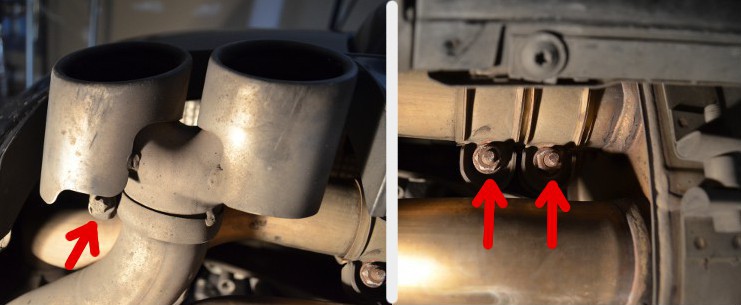
Step 5: Remove the bolts connecting the mufflers to the catalytic converters
- Remove the nuts connecting the muffler to the catalytic converter/center muffler using 13mm socket or wrench.
- The upper two nuts need to be removed while the lower nut only needs to be loosened some.
- The top most nut is rather difficult to get to. You can use either a 13 mm elbow ratcheting wrench or a S shaped box wrench (listed in tools section).
- Note: If you end up breaking a bolt on the catalytic converter, you can use this tool to push out the bolt.
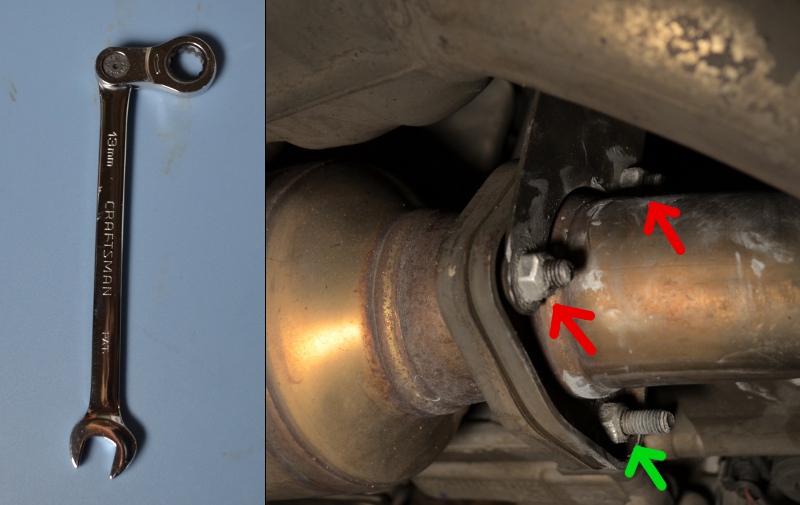
Step 6: Disconnect the muffler supports and rear bumper cover support bar
- Use a 13mm deep socket to remove the two nuts located on the front side of the mufflers, which can be accessed from the wheel well.
- Also remove the rear bumper cover support bar, which is held on by a T30 torx screw and a 10mm bolt.

Step 7: Disconnect the rear mufflers
- Move the muffler support bracket out off the 2 studs from the catalytic converter.
- Pull the side muffler away from center muffler by sliding them apart at the sleeve clamp.
- Then lower the muffler via the wheel well and remove.

Step 8: Remove the spark plug heat shields
- Once the mufflers are removed, you will get clear access to the side of the engine.
- For each heat shield, remove the two upper shield bolts using an E10 socket or wrench.
- To remove the shield it helps to unclip the front oxygen sensor wire just forward and above the front coil pack.
- Move the heat shield upward and then out. You can go outside of ground strap and inside the O2 sensor wire as shown in the second photo.
- Note: The right side of the car is shown in the picture. The configuration on the left side is different, but similar.
Step 9: Remove the ignition coils
- From the photo you can see that there is clear access to all three coil packs; the catalytic converter/exhaust manifold has not been moved.
- Remove coil packs, which are held on by T30 screws.
- Be careful not to drop the screws inside the lower shield or you will have to fish them out.
- Also disconnect the coil pack electrical connection using a narrow flat bladed screw driver to lifting up the locking tab as show in the photo.
- Pull out the coil pack. It helps to rotate it slightly back and forth while extracting it.
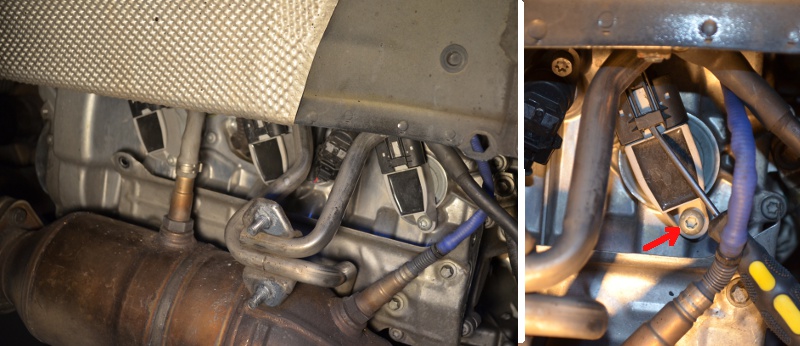
Step 10: Remove the spark plugs
- Remove the spark plugs using a spark plug wrench and breaker bar.
- You can use an 8″ extension with an integrated swivel spark plug socket or a separate extension along with a spark plug socket and universal joint.

Step 11: Install the new spark plugs
- Insert the new spark plug into your spark plug wrench and remove the cardboard covering the electrode tip; do not touch the tip.
- Insert the new spark plug into the spark plug tube and hand tighten to prevent cross threading. Once the plug is threaded in all the way by hand, torque it to 22 ft-lbs.
Step 12: Reinstall the ignition coils
- Insert the coil pack back into the spark plug holes by rotating it back and forth slightly to help get it seated properly.
- Reinstall the T30 screw and torque to 7.5 ft-lbs.
- Connect the wiring harness to the coil pack, making sure it clicks in securely.
Step 13: Reinstall everything
- Replace the upper shields the opposite of how they were removed and secure them with the E10 screws each side. Do not forget to snap in the front oxygen sensor wires into their respective clips.
- Reinstall your mufflers and hand tighten the fasteners snugly.
- Reinstall your wheels; use the center lock socket and special torque wrench listed in the tools section to torque the center lock to 443 ft-lbs.
Step 14: Lower the car off the jack stands
- Lower your vehicle using the reverse steps you used to raise the vehicle.
- Remember to remove the wheel chocks.
- Clean up your work area and you’re all done!

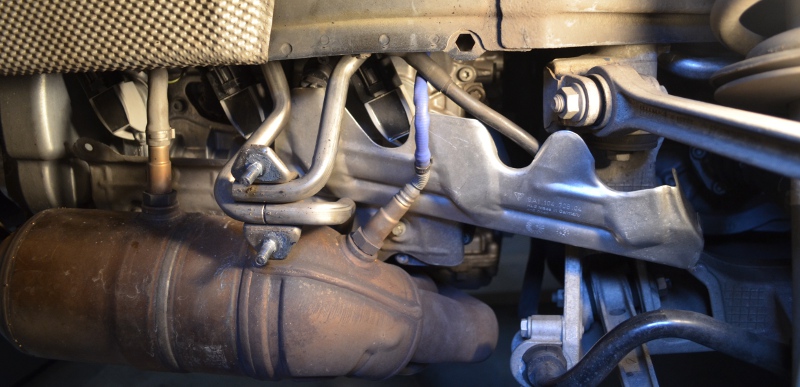

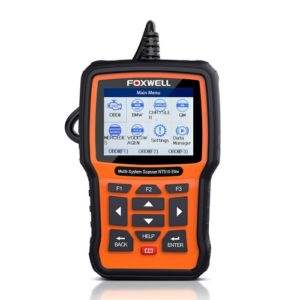
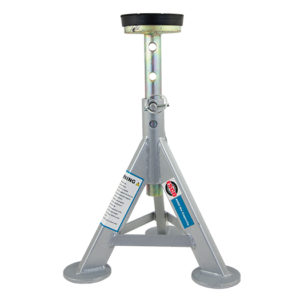
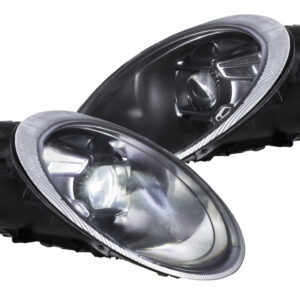

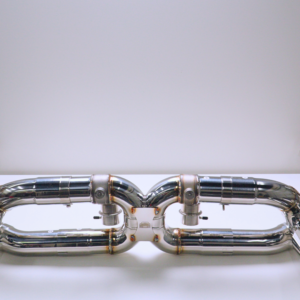

Gerry says:
You list the incorrect spark plug P/N.
The 2010+ 997.2 with X51 Power Kit (standard on every GTS ) has a specfic plug that is a slightly cooler heat range than the 997.2 .
From the Porsche PET catalog:
997.2 plug is 999.170.151.90 or Bosch FGR5NQE
997.2 with X51 is 999.170.232.90 or Bosch FGR4NQE
The heat range on the Bosch decoder chart is the 4th character in the code.
The “4” is one step cooler than the “5”.
I caught this fact when having my 997 GTS service recently. Wrong plugs were installed by the independent shop.
Two USA online parts supplier websites confirmed that the plugs are not interchangeable. (Pelican and Suncoast).
ecarguidesllc says:
Nice catch! We’ve gone ahead and updated the recommended part per your suggestion! Please keep the feedback coming.